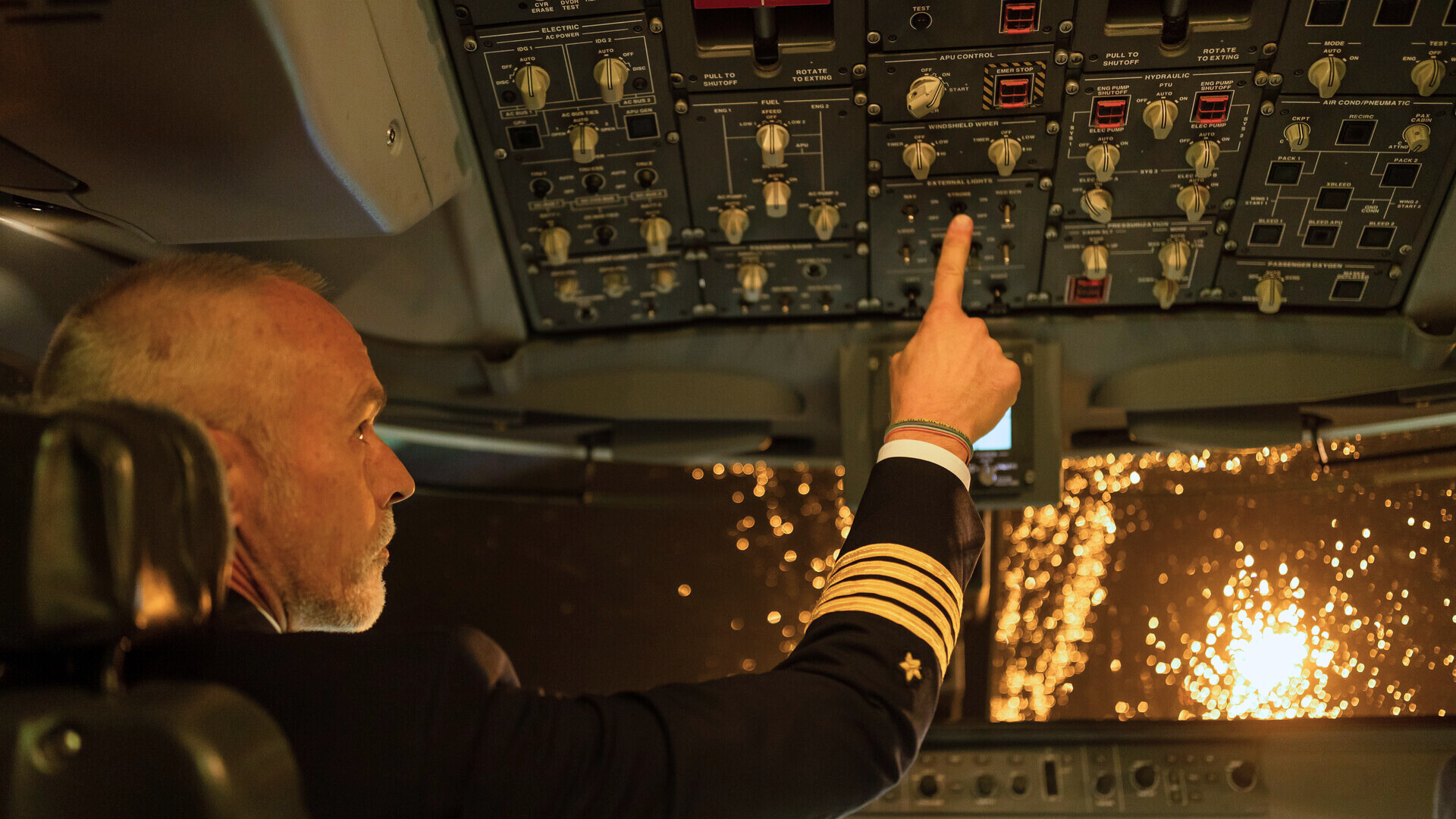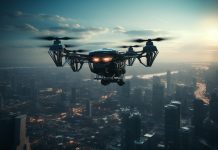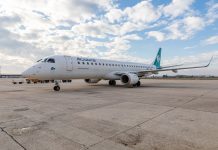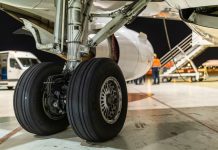It is well-known that the driver’s seat of a car is on the left-hand side almost all over the world.
However, the driver sits on the right in the United Kingdom and also in Antigua and Barbuda, Australia, The Bahamas, Bangladesh, Barbados, Bhutan, Botswana, Brunei, Cyprus, Hong Kong, India, Indonesia, Jamaica, Japan, Kenya (…).
In aeroplanes, meanwhile, there are always two ‘drivers’ and the captain, the person in charge of taking the most important flight-related decisions, only ever sits on the left, all over the world.
Why do aeroplane captains sit on the left?
As we already know, the left-hand side of an aeroplane is the side passengers board and disembark on, since service operations such as loading and unloading of baggage and cargo, refuelling, connecting to the electric generator and catering (on airliners) take place on the right-hand side.
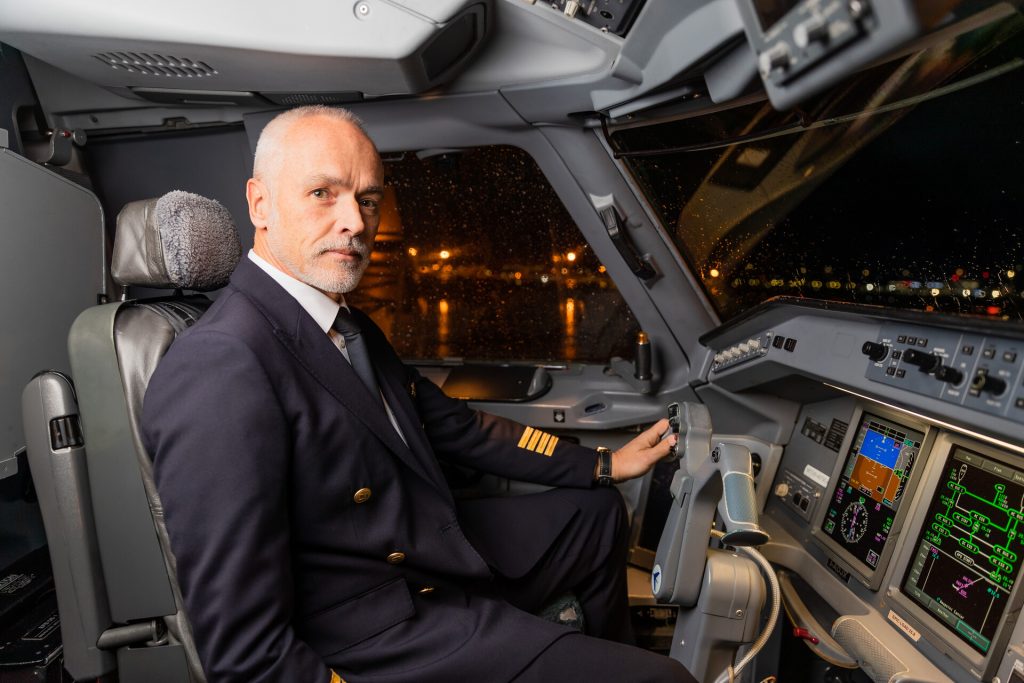 Fascinatingly, the aeroplane captain sits on the left for a very particular historical reason: the propeller.
Fascinatingly, the aeroplane captain sits on the left for a very particular historical reason: the propeller.
During the first five decades of the history of aviation, all aeroplanes were operated by engines connected to a propeller and most propellers were designed to rotate clockwise. This meant that the movement of the propeller would impart an anti-clockwise torque on the aeroplane, making single-engine aircraft rotate towards the left, whilst resisting rotation to the right.
The physics governing the forces between the propeller, the engine and the aeroplane moving inside a fluid (air) is a complicated matter, but in a nutshell… When a propeller rotates in a certain direction, the aeroplane naturally rotates in the opposite direction. This can be traced back to the Third Law of Motion, whereby for every action there is an equal and opposite reaction.
This phenomenon was particularly seen in aeroplanes from the early 1900s that had rotary engines. The propeller and engine block were integral and the whole engine would therefore rotate around a joint connecting it to the fuselage. The existence of such a rotating weight meant not only a greater tendency to turn, but also a tendency to thrash if you went along with it, due to the gyroscopic effect.
As a consequence, take-off, approach and landing manoeuvres made the pilots prefer turns to the left, supporting the aeroplane’s natural movement.
The pilot’s need to sit on the left stems from here, giving them better visibility over the strip.
Are you a true AVGeek?
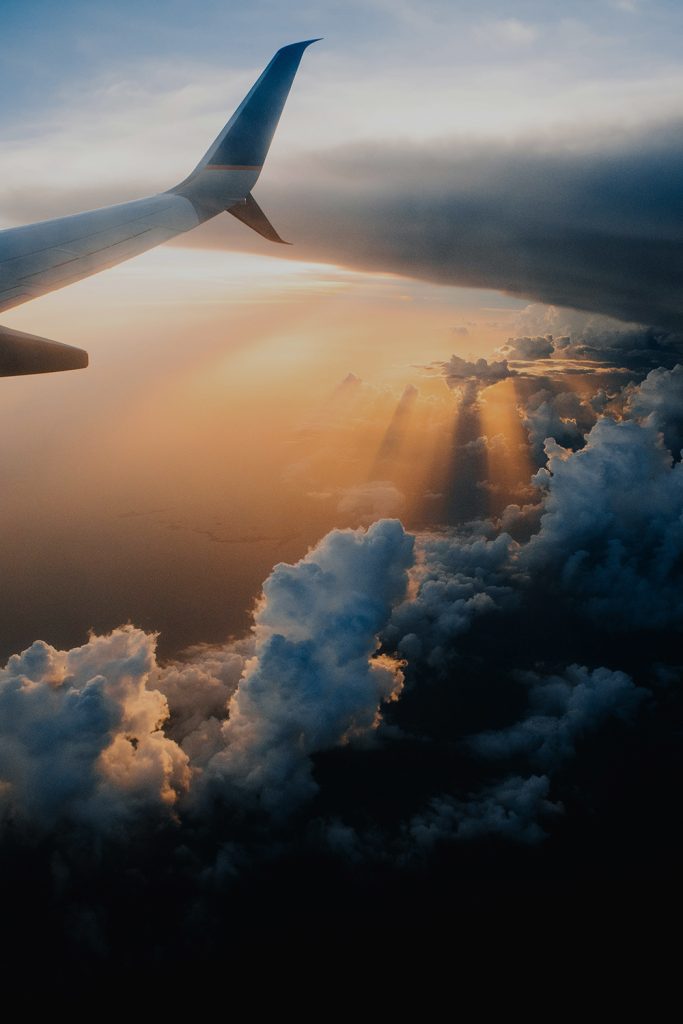
The position of the pilot today
Today, the captain’s seat on the left has acquired symbolic and cultural value that is respected by all airline companies.
Despite the technological evolution, the position of the captain’s seat hasn’t changed. This configuration highlights the captain’s position of leadership and responsibility in many cultures.

